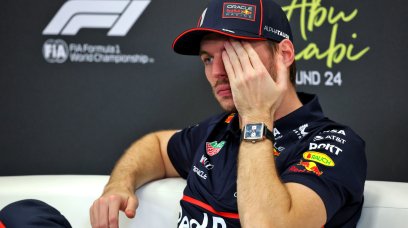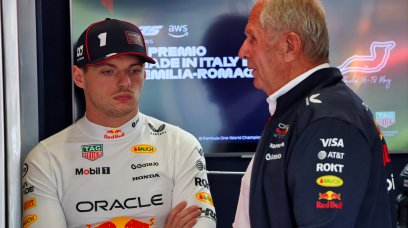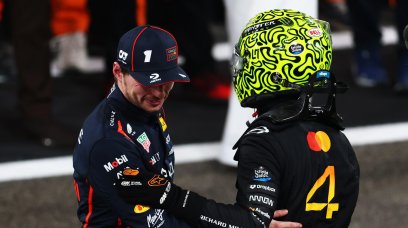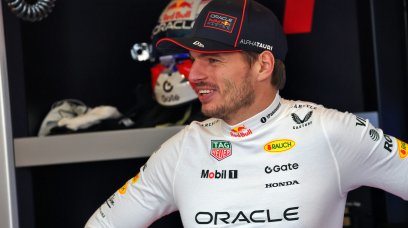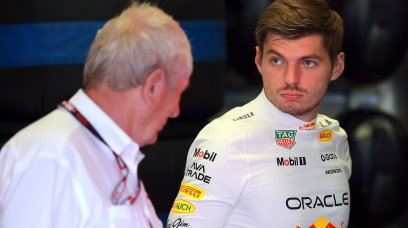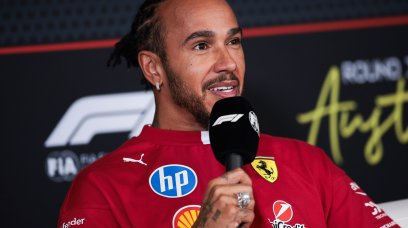Having had two qualifying sessions in a row marred by numerous red flag issues, Formula 1 is doing its usual trick of thinking about a knee-jerk response to stamp it out. With Charles Leclerc crashing out on the final runs in Q3 in Monaco, which guaranteed himself pole position due to everyone else having their final laps ruined, followed by Yuki Tsunoda and Carlos Sainz crashing at the end of Q3 in Azerbaijan, Formula 1 is looking at a solution that would see drivers who cause a red flag in qualifying having their best times deleted. "With regards to deleting times after qualifying, it's something that will obviously look at and consider as we do with all sporting regulations, and work together with Formula 1 and the teams and determine if it's suitable for what we do," FIA Race Director Michael Masi told select members of the media including RacingNews365.com , over the Azerbaijan weekend. "We will go through and look at all the pros and cons and unintended consequences. And also, is it a real issue that we want to deal with in F1?" This isn't a frequent occurrence in Formula 1, with such stoppages usually being noteworthy to the point of being remembered years later. Think back to Monaco 2006, to Michael Schumacher's infamous Rascasse-gate controversy, or when Nico Rosberg successfully failed to take Mirabeau correctly at the same venue in 2014. There's no doubt that the scenario of intentionally causing a red flag is, in theory, possible. Only Charles Leclerc knows for certain whether he turned in too early exiting the Swimming Pool complex in Monte Carlo two weeks ago. But the risks are simply too big. If that crash was in any way premeditated, it bit Leclerc badly just 24 hours later when his car failed due to damage caused in the crash. But any crash in qualifying is, almost certainly, due to drivers simply exceeding the limits of their cars and talents, at what is supposed to be the most 'balls-to-the-wall' point of the weekend. Mistakes happen all the time and, particularly at a street circuit, incidents like what was witnessed in Monaco and Azerbaijan are somewhat to be expected. It's why banker laps are so important, given that a disrupting red flag is always a possibility.
What's a fairer solution?
It's not really an issue that needs fixing, is it? Street circuits and incidents tend to go hand in hand, and if there's no verifiable intent on the part of the driver involved, then why punish them any further by deleting their laptimes? Certainly, Masi wants to take a measured approach to the situation. "Is it something that we consider that what occurs with red flags during qualifying that you've effectively served your penalty by having an accident and not being able to do anything further?" he said. "So I think there's lots of considerations, but we'll look at it between us all, have a look at everything and if it's deemed necessary or not will be determined in due course." But why draw the line at red flags? What about yellow flags? Last season, in Austria, Valtteri Bottas sealed pole position for himself by sliding off in the second sector. The resulting yellow flags prevented the following drivers from improving. So shouldn't Bottas also be punished for having caused an impediment? There is a much more simple solution that would make life fairer for everyone. Keep the rules as they are, but tweak them for red flag conditions. For Q1 and Q2, nothing changes. Tough luck if you're one of the drivers who miss out as a result of a red flag, as in the likes of Sebastian Vettel last weekend. But, for Q3, adjust them for the climax of the session. If a driver causes a red flag in the final two minutes of the session, remove their car, clean up, and then allow the other drivers to go out on track once more for one single flying lap. Outlap, flying lap, inlap. No more than that, it's perfectly simple. It would be a quick and elegant solution to the likes of what we saw in Monaco and Azerbaijan, and would only add a few minutes of extra time to the session. Sure, it's not perfect, given some drivers might have already taken some life out of their tyres, but it's better than a band-aid solution of punishing a driver for having the audacity to make a mistake while pushing their car to the limit.
Most read
